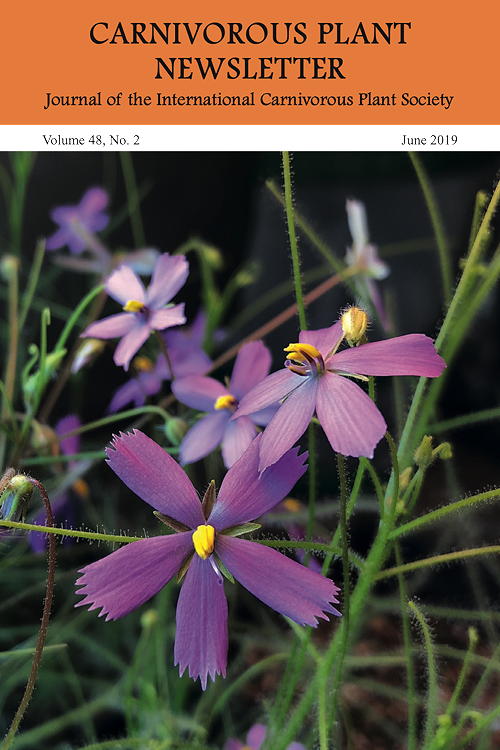The Carnivorous Plant Newsletter (CPN) is the official publication of the International Carnivorous Plant Society (ICPS). Carnivorous Plant Newsletter is a color, quarterly journal that explores all things related to carnivorous plants. The 50th anniversary of the first publication of CPN will be in 2021.
CPN is what is called a “hybrid journal”. It has both scientific and popular articles. The content in CPN is of interest to any wetland or carnivorous plant student, aficionado, plant geek, or scientist. Features include horticultural articles, research papers, field trip reports, conservation news, book and literature reviews, communications from members, cultivar and species descriptions, and meeting announcements.
To the extent that CPN is a scientific journal, we make all scientific and taxonomic articles open access from the issue date. Because the ICPS is the International Registration Authority for carnivorous plant cultivars we also make all cultivar descriptions open access immediately. All other articles are available only to members for six after the issue date.
Active regular members of the ICPS receive printed copies of CPN. All members (including e-members) may also purchase available printed back issues, order a DVD with PDFs of past issues, or download PDFs of all issues from the ICPS ClubExpress website. Everyone may view PDFs of all publicly available articles at the CPN Website.
Visit the Carnivorous Plant Newsletter website

